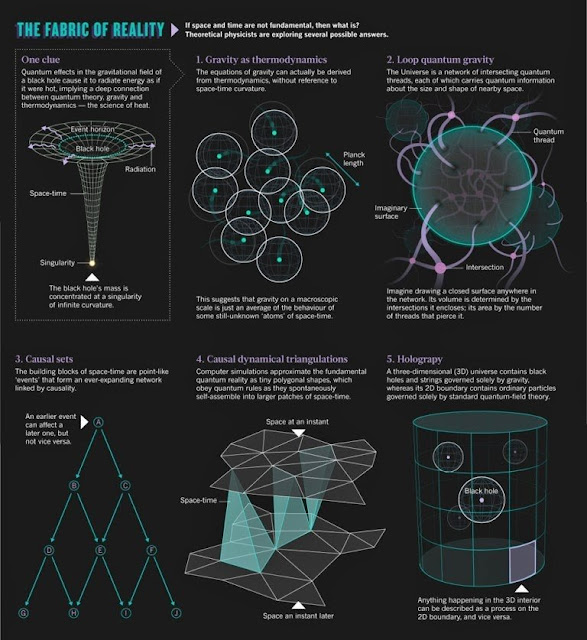Eons (an extremely long period of time; thousands of years)
Eons
In geochronology, time is generally measured in mya (megayears or million years), each unit representing the period of approximately 1,000,000 years in the past. The history of Earth is divided into four great eons, starting 4,540 mya with the formation of the planet. Each eon saw the most significant changes in Earth's composition, climate and life. Each eon is subsequently divided into eras, which in turn are divided into periods, which are further divided into epochs.
EonTime (mya)DescriptionHadean4,540–4,000The Earth is formed out of debris around the solar protoplanetary disk. There is no life. Temperatures are extremely hot, with frequent volcanic activity and hellish environments. The atmosphere is nebular. Possible early oceans or bodies of liquid water. The moon is formed around this time, probably due to a protoplanet's collision into Earth.Archean4,000–2,500Prokaryote life, the first form of life, emerges at the very beginning of this eon, in a process known as abiogenesis. The continents of Ur, Vaalbara and Kenorland may have been formed around this time. The atmosphere is composed of volcanic and greenhouse gases.Proterozoic2,500–541Eukaryotes, a more complex form of life, emerge, including some forms of multicellular organisms. Bacteria begin producing oxygen, shaping the third and current of Earth's atmospheres. Plants, later animals and possibly earlier forms of fungi form around this time. The early and late phases of this eon may have undergone "Snowball Earth" periods, in which all of the planet suffered below-zero temperatures. The early continents of Columbia, Rodinia and Pannotia may have formed around this time, in that order.Phanerozoic541–presentComplex life, including vertebrates, begin to dominate the Earth's ocean in a process known as the Cambrian explosion. Pangaea forms and later dissolves into Laurasia and Gondwana. Gradually, life expands to land and all familiar forms of plants, animals and fungi begin appearing, including annelids, insects and reptiles. Several mass extinctionsoccur, among which birds, the descendants of dinosaurs, and more recently mammals emerge. Modern animals—including humans—evolve at the most recent phases of this eon.




Comments
Post a Comment